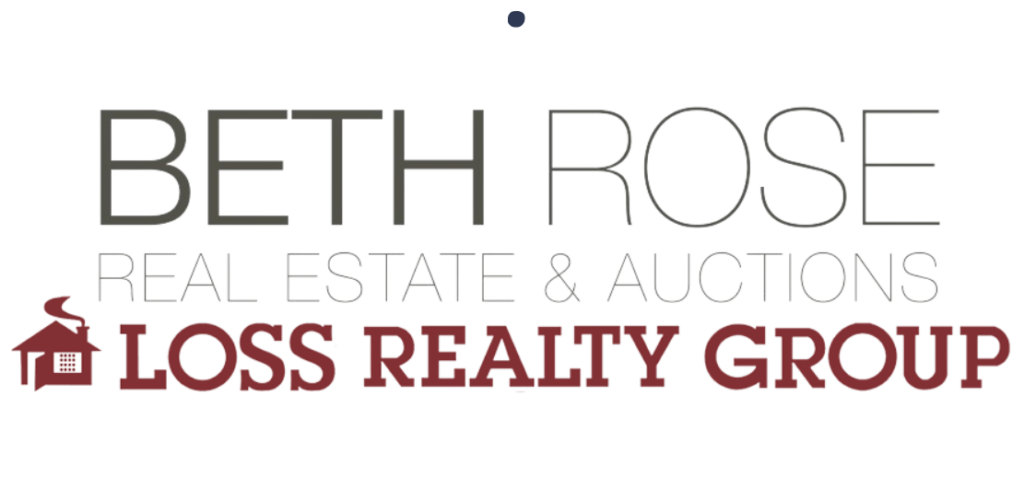Radon gas is a topic that buyers and sellers need to be aware of when purchasing and selling a home. High levels of radon gas over a prolonged period of time can be very serious, as the gas can cause lung cancer. According to the United State Environmental Protection Agency, radon is the number one cause of lung cancer among non-smokers. Radon is responsible for 21,000 lung cancer deaths every year (source: EPA).
What is radon gas?
Radon gas is a natural, radioactive gas that comes from the ground into buildings. This gas is a by-product of the radioactive decay of uranium. It becomes very dangerous because it cannot be detected by sight, smell, or taste.
How can radon get into your home?
Depending on the amount of uranium content in the earth’s surface, radon gas can drift through foundation cracks, pores of floor slabs, and even floor and wall joints. Other entry points are through openings around sump pumps and floor drains. Radon can also enter your home through the water system, where ground water is the main supply.
What is a safe level of radon gas?
The EPA’s standard for radon suggests a home should test less than 4 pCo/l, otherwise, a home would be flagged as containing high amounts of radon gas. Be sure to properly test your home.
Learn more about radon gas and protecting your home. http://www.epa.gov/radon/index.html


